If you’;Sei seriamente intenzionato ad avviare la tua attività di ricamo, la digitalizzazione di ricami personalizzati è uno dei modi più rapidi per accelerare i tempi di produzione e aumentare il margine.
In questo blog, we’;Discuterai del motivo per cui hai bisogno della digitalizzazione del ricamo personalizzato e di come rende l'intero processo più semplice e veloce.
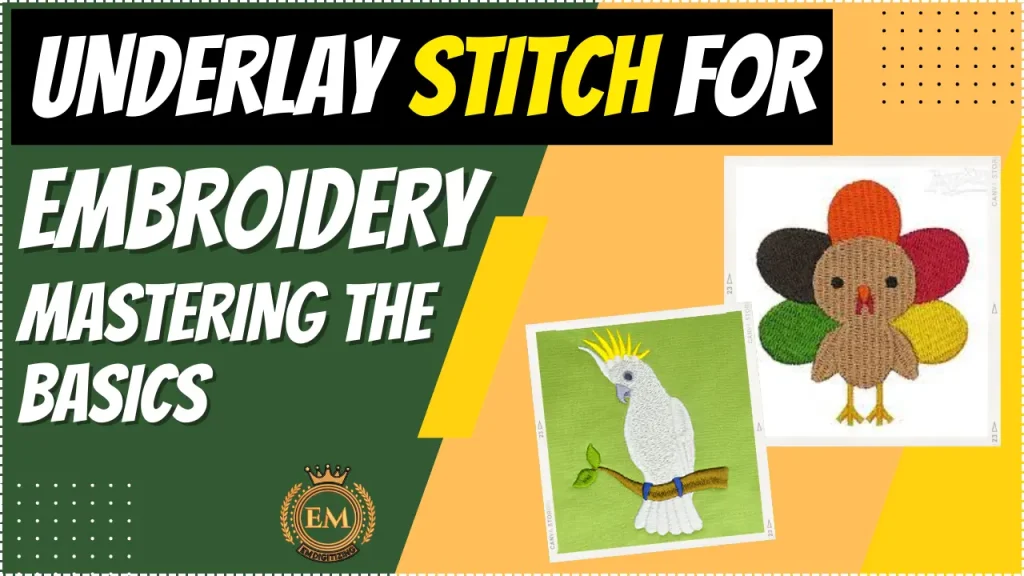
In questo articolo, approfondiremo i punti di sottofondo per il ricamo, esplorandone l’importanza, vari tipi, tecniche passo dopo passo, e offrendo preziosi consigli per padroneggiare questa fondamentale abilità del ricamo.
Che tu sia un principiante o un ricamatore esperto, comprendere e padroneggiare il punto di supporto aumenterà senza dubbio la qualità e la longevità delle tue creazioni di ricamo a macchina.
Punto sottopunto per ricamo: Padroneggiare le nozioni di base
Cos'è il punto sottopunto?
Ricamare è come costruire una casa; hai bisogno di una base solida per garantire longevità e stabilità. Inserisci il punto di sottopunto, l'eroe non celebrato del ricamo a macchina.
Il punto di sottopunto è il primo strato di punti che fornisce supporto e struttura al tuo disegno. It’;È come l'impalcatura che tiene tutto insieme.
Importanza dei punti di sottofondo per il ricamo
Forse ti starai chiedendo, perché ho bisogno di questo ulteriore strato di cuciture?
Bene, lascia che te lo dica, it’;non è solo per lo spettacolo. The underlay stitch plays a crucial role in ensuring your embroidery looks top-notch and doesn’;Non crollare dopo pochi lavaggi.
Miglioramento della stabilità e della durata del progetto
Nessuno vuole che il ricamo si afflosci o perda la forma, Giusto?
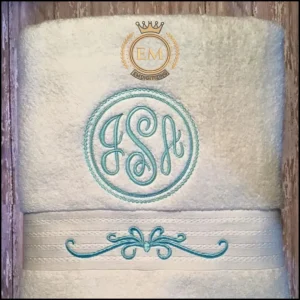
That’;È qui che il punto sottopunto viene in soccorso. Fornendo una base solida, Esso aiuta a stabilizzarsi il disegno, rendendolo più durevole e prevenendo qualsiasi distorsione indesiderata.
Prevenire la distorsione e l'arricciatura del tessuto
Immagina questo: passi ore a ricamare un bellissimo disegno sulla tua maglietta preferita, solo per scoprire che dopo il primo lavaggio sembra un disastro accartocciato.
Cavolo!
Il punto sottopunto può salvarti da questo incubo di ricamo. Aiuta a distribuire uniformemente la tensione sul tessuto, riducendo le possibilità di increspature o distorsione.
Creazione di dimensioni e texture nel ricamo
Vuoi che i tuoi ricami risaltino?
Anche il punto sottopunto può aiutarti a raggiungere questo obiettivo.
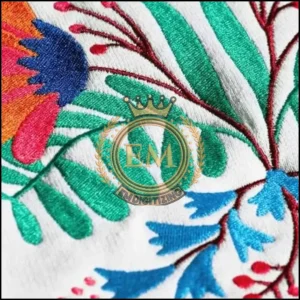
Aggiungendo strategicamente punti sotto il disegno principale, crea profondità, e consistenza, e dona al tuo ricamo una finitura professionale.
It’;È come aggiungere confettini a una torta già deliziosa.
Tipi di punti per le tecniche di sottofondo
Le tecniche del punto sottopunto sono fondamentali elementi nel ricamo a macchina, fungendo da base su cui si svilupperà la finale punti di ricamo sono applicate.
Punto sottopunto sequenza centrale
Il punto centrale è la tecnica più comune. Si tratta di cucire linee rette al centro di ciascun elemento del tuo disegno.
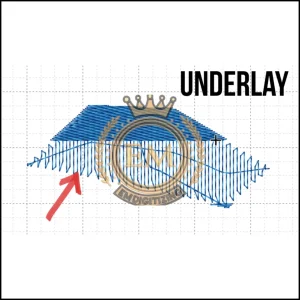
Questa tecnica fornisce stabilità ed è perfetta per disegni semplici o piccoli.
Punto sottopunto a zigzag
Per progetti con aree più grandi da coprire, il punto zigzag è la tua tecnica preferita.
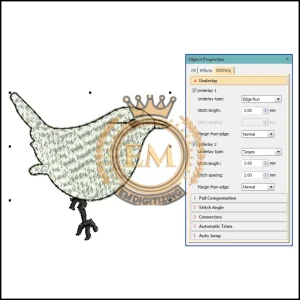
Aggiunge ulteriore stabilità incrociando i punti nell'area del disegno, evitando eventuali lacune o distorsioni.
Punto sottopunto per esecuzione bordi
Quando si tratta di disegni delicati o intricati, il punto sequenza bordi è il tuo migliore amico. Segue i bordi esterni del disegno, creando un confine di supporto che mantenga tutto al suo posto.

Tecnica del sottopunto di riempimento
Got a design that’;È per lo più pieno di punti?
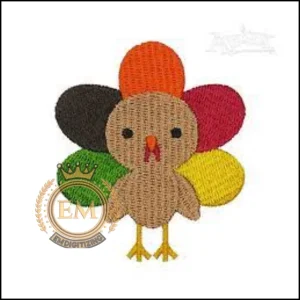
La tecnica del sottopunto punto riempimento è perfetta per te. Aggiunge una solida griglia di punti sotto l'area di riempimento, garantendo una superficie liscia e uniforme senza arricciature.
Tecniche di punto sottopunto combinato
Hai voglia di divertirti?
Puoi sempre mescolare e abbinare diverse tecniche di punto per il sottopunto per adattarle al tuo disegno.
Essere audace, sperimentare, e crea un ricamo magico con una combinazione di sequenza centrale, zigzag, corsa sul bordo, e riempire le tecniche di sottofondo punto.
Guida passo passo per padroneggiare le tecniche di sottopunto
Padroneggiare il punto per le tecniche del sottofondo è essenziale per ottenere questo risultato ricamo di qualità professionale, poiché questi punti fondamentali gettano le basi per il progetto finale, garantendo stabilità, struttura, e dimensione.
Preparazione della macchina da ricamo e del tessuto
Prima di tuffarsi nel punto sottopunto, assicurati che la tua macchina da ricamo sia impostata correttamente. Scegli lo stabilizzatore appropriato per il tuo tessuto e intelaialo saldamente.
Seleziona il colore del filo desiderato e caricarlo sulla macchina. Preparare il tuo file di progettazione, assicurandosi che il punto di sottopunto sia incluso nel modello di ricamo digitalizzato.
Impostazione dei parametri del punto sottopunto
A seconda della macchina e software di ricamo, potresti avere varie opzioni di sottopunto tra cui scegliere. Sperimentare punti diversi densità, tipi, e angoli per ottenere la stabilità e la consistenza desiderate.
Se necessario, regola la lunghezza e la larghezza del punto. Don’;Non aver paura di giocare e trovare ciò che funziona meglio per il tuo design e tessuto specifici.
Esecuzione del punto sottopunto
Dopo aver selezionato le impostazioni del sottofondo appropriate, it’;È ora di lasciare che la tua macchina faccia la sua magia. Posiziona con attenzione l'ago sul punto iniziale del disegno.
Avvia il processo di ricamo, assicurandosi che il punto di sottopunto venga cucito per primo e copra l'intera area del disegno. Take note of the machine’;s velocità e tensione per evitare qualsiasi problema.
Regolazione e messa a punto del punto sottopunto
Dopo aver completato questo tipo di punti, ispeziona il tuo disegno del ricamo. Controlla se il tessuto è stabile, se è visibile qualche trasparenza, e se la dimensione e la struttura desiderate sono state raggiunte.
Se necessario, apporta modifiche ai parametri del punto di sottopunto o sperimenta punti di sottopunto aggiuntivi per perfezionare il tuo ricamo.
Ricorda, padroneggiare il punto sottopunto richiede pratica e sperimentazione. Don’;t be discouraged if your first attempts don’;t risultare esattamente come previsto.
Errori comuni da evitare quando si utilizzano punti sottopunto per il ricamo
Il ricamo è una forma d'arte delicata che richiede precisione e attenzione ai dettagli. Quando si utilizza questo punto i tuoi progetti di ricamo, it’;È importante essere consapevoli degli errori comuni che possono influire sulla qualità complessiva del tuo lavoro.
Ecco alcune trappole da evitare:
Utilizzo di un tipo di punto di sottopunto errato
Una delle decisioni più cruciali quando si utilizzano punti di sottopunto per il ricamo è selezionare il tipo appropriato per il proprio disegno. La tua scelta dovrebbe dipendono dal tessuto, complessità progettuale, e il risultato desiderato.
L'uso del tipo sbagliato di punto di supporto può causare ricami distorti o irregolari. Così, assicurati di fare le tue ricerche e sperimentare per trovare l'abbinamento perfetto.
Densità del punto non corretta
La densità dei punti gioca un ruolo fondamentale per ottenere ricami puliti e dall'aspetto professionale. Una densità troppo elevata può causare arricciature sul tessuto, mentre troppo basso può comportare una mancanza di definizione.
Finding the right balance is essential for ensuring your underlay stitch provides the necessary support and stability without compromising the design’;s estetica.
Trascurare l'elasticità e la stabilità del tessuto
Tessuti diversi hanno diversi gradi di elasticità e stabilità. Ignorare questi fattori quando si applica il punto di sottopunto può causare distorsioni, rugoso, o anche il design che si stacca.
Take into account the fabric’;s caratteristiche e regolare di conseguenza il punto di supporto per mantenere l'integrità del ricamo.
Ignorare la tensione e la selezione del filo
Il punto sottopunto si basa su tensione adeguata e selezione del filo per risultati ottimali. Una tensione errata può causare rottura del filo, looping, or looping on the fabric’;s superficie.
Allo stesso modo, usando il male peso del filo or type can affect the underlay stitch’;s efficacia. Assicurati di avere la giusta combinazione di tensione e filo per evitare fastidiosi incidenti di ricamo.
Suggerimenti e trucchi per ottenere risultati professionali con il punto sottopunto
Padroneggiare i punti di sottofondo o il ricamo richiede pratica e una buona conoscenza del processo di ricamo. Ecco alcuni suggerimenti e trucchi utili per aiutarti a ottenere risultati professionali:
Sperimentare diverse combinazioni di punti sottostrato
Don’;Non aver paura di mescolare e abbinare i tipi di punto di sottofondo per trovare la combinazione perfetta per i tuoi disegni.
Provare diverse combinazioni può migliorare la stabilità generale e l'impatto visivo del tuo ricamo. Così, diventa creativo e lascia correre il tuo esploratore di punti interiore!
Comprensione dei requisiti di tessuto e progettazione
Ogni tessuto e design presenta una serie di sfide e requisiti. Take the time to understand the fabric’;s caratteristiche, come l'elasticità, densità, e consistenza.
Inoltre, analyze the design’;s complessità e considera come il punto di supporto può supportarla e migliorarla al meglio. Questa comprensione ti aiuterà a prendere decisioni informate e a creare ricami straordinari.
Corretta manutenzione e pulizia della macchina da ricamo
La manutenzione e la pulizia regolare della macchina da ricamo sono fondamentali per ottenere prestazioni ottimali. L'accumulo di lanugine, polvere, or debris can affect the underlay stitch’;s precisione e causare problemi di ricamo.
Take the time to follow the manufacturer’;s linee guida per la manutenzione, assicurando che la tua macchina sia in ottime condizioni per un'esecuzione impeccabile del punto sottopunto.
Utilizzo delle funzionalità del software per l'ottimizzazione del punto sottopunto
Il software di ricamo fornisce spesso funzioni avanzate per ottimizzare il punto di sottopunto. Esplora questi strumenti per sfruttare il loro potenziale e perfezionare i tuoi progetti.
Funzionalità come la regolazione della lunghezza del punto, controllo della densità del sottofondo, e la manipolazione della direzione del punto possono tutti contribuire a migliorare la qualità del tuo sottopunto.
Conclusione
Padroneggiare le basi dei punti di supporto per il ricamo con una macchina è un'abilità preziosa che può elevare le tue creazioni a nuovi livelli.
Evitando gli errori comuni, implementare tecniche efficaci, e diventare creativo con le applicazioni di punti sottostanti, you’;sarai sulla buona strada per ottenere ricami dall'aspetto professionale che lasceranno un'impressione duratura.
Così, abbracciare l'arte, divertiti con i tuoi punti, e lascia che i tuoi ricami brillino!
EMDigitalizzazione: Esperto di digitalizzazione del ricamo al tuo servizio
Se sei interessato a qualsiasi tipo di progetto di ricamo, allora EMdigitizing è la soluzione migliore per te. Noi offriamo digitalizzazione del ricamo e servizi di arte vettoriale con tempi di consegna rapidi. Puoi anche visitare e controllare il nostro sito web e i nostri migliori servizi.
Offriamo anche un ottimo 50% sconto su tutti i nostri servizi per i nostri stimati clienti per la prima volta. Offriamo anche preventivi gratuiti generato in appena 5 minuti.
Dovresti approfittare di questa offerta a tempo limitato e portare il tuo progetto di ricamo al livello successivo con EMdigitizing.
Se hai domande su questo argomento, puoi chiedere a loro. Grazie per aver dedicato del tempo a leggere questo articolo.
Domande frequenti:
sì, l'uso del sottopunto con punto pieno 3D è vantaggioso in quanto fornisce una base stabile, migliorando la trama e il volume del punto pieno, soprattutto in aree ad alta densità o su tessuti instabili.
I punti di sottofondo sono fondamentali nel ricamo per stabilizzare il tessuto, assicurandosi che i punti superiori siano posizionati uniformemente, e migliorare l'aspetto generale e la durata del design.
La lunghezza del punto per il sottopunto varia generalmente da 1,5 mm a 2,5 mm, a seconda del tipo di sottofondo e dell'effetto desiderato sul ricamo finale.
La quantità di punti di sottopunto necessari in un disegno varia in base al tipo di tessuto, complessità progettuale, e il tipo di punto utilizzato; generalmente, viene utilizzato un sottofondo sufficiente per fornire stabilità sufficiente senza causare ingombri inutili.
